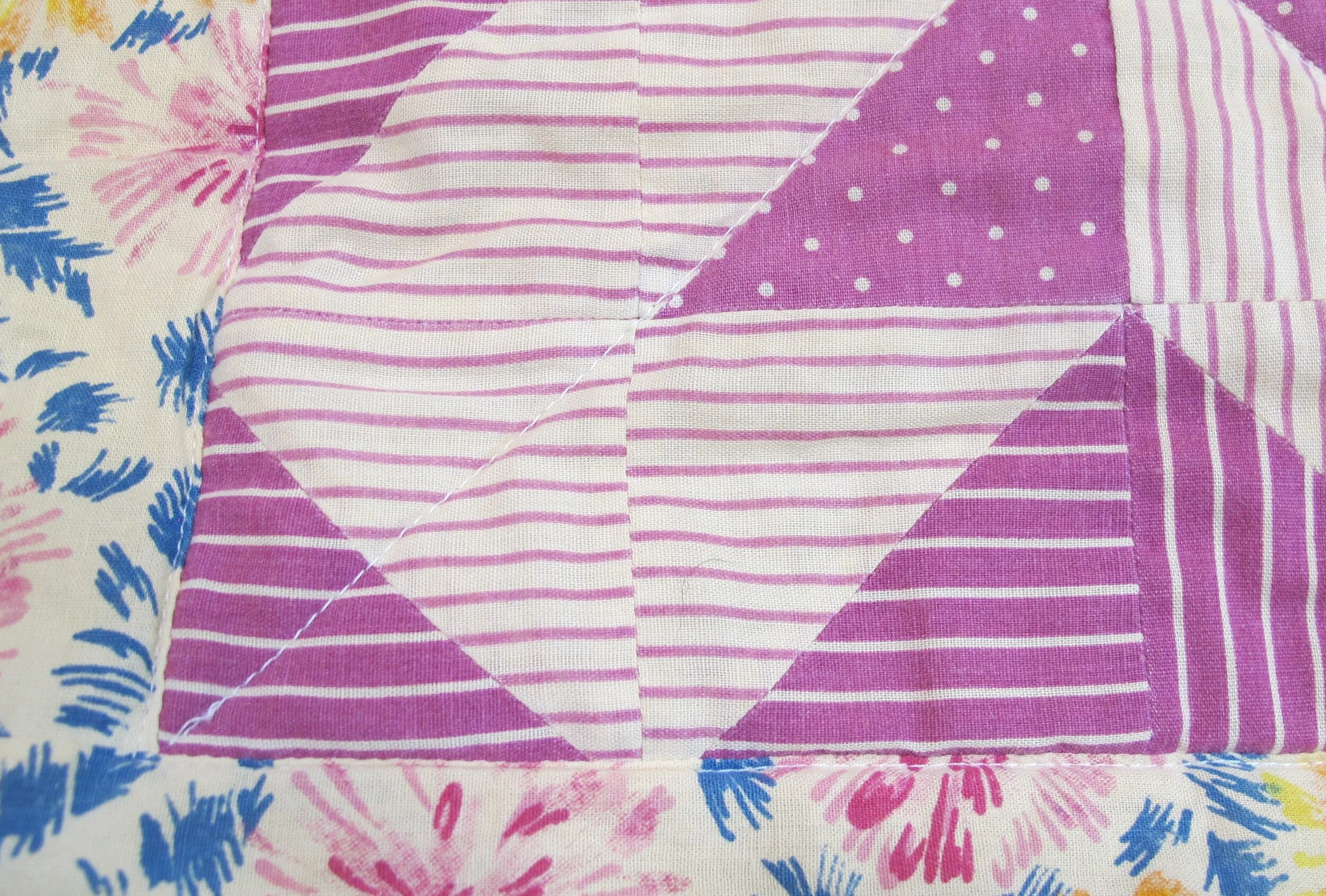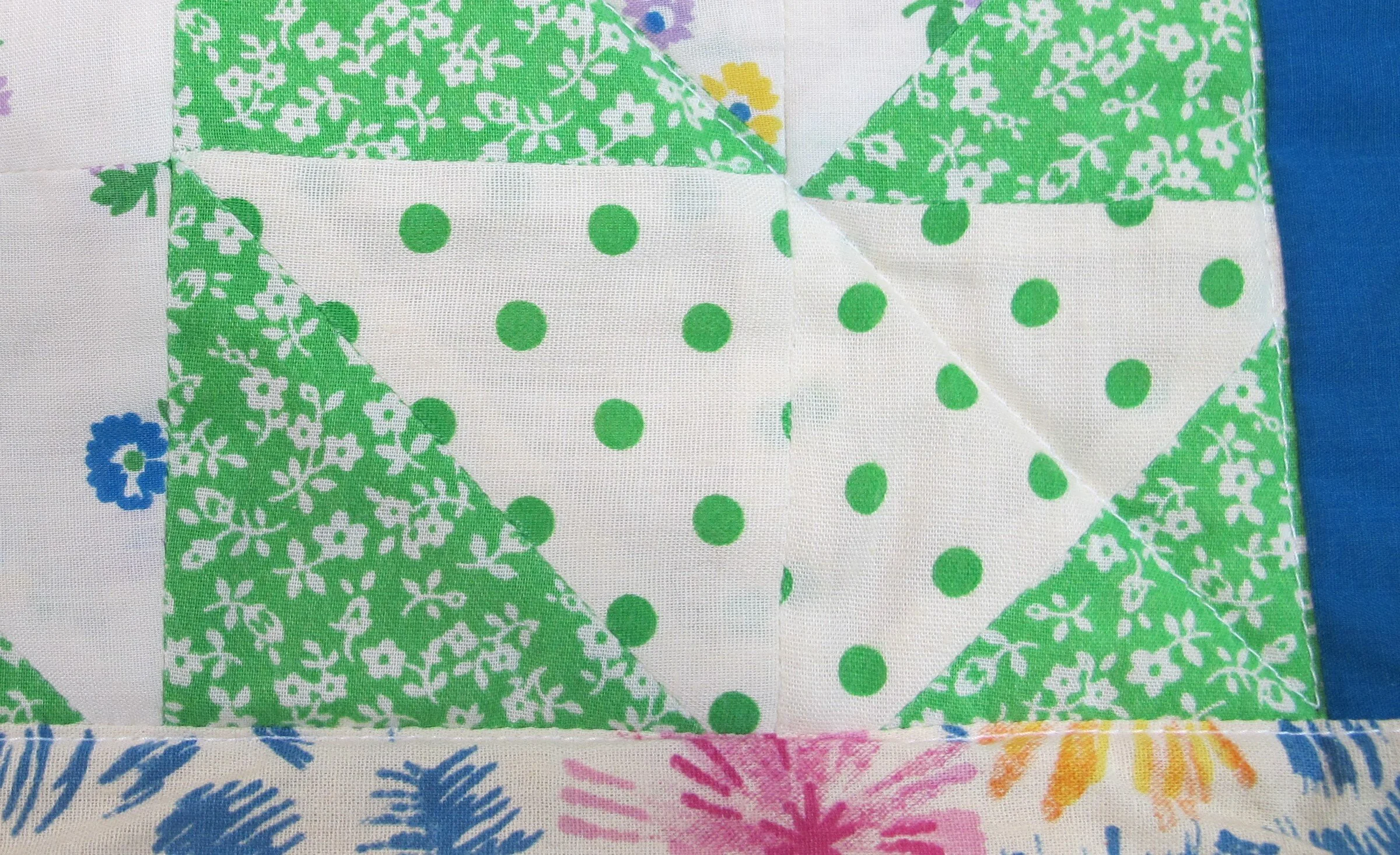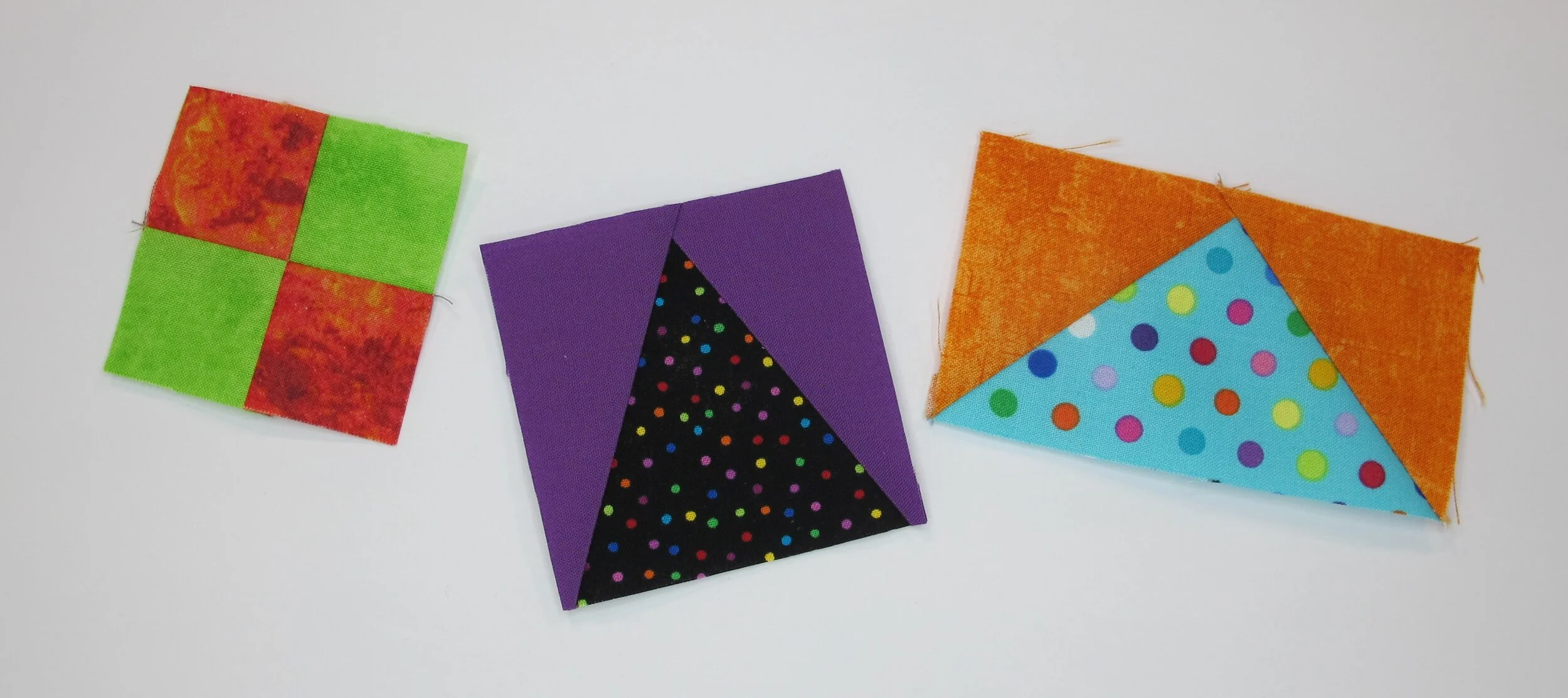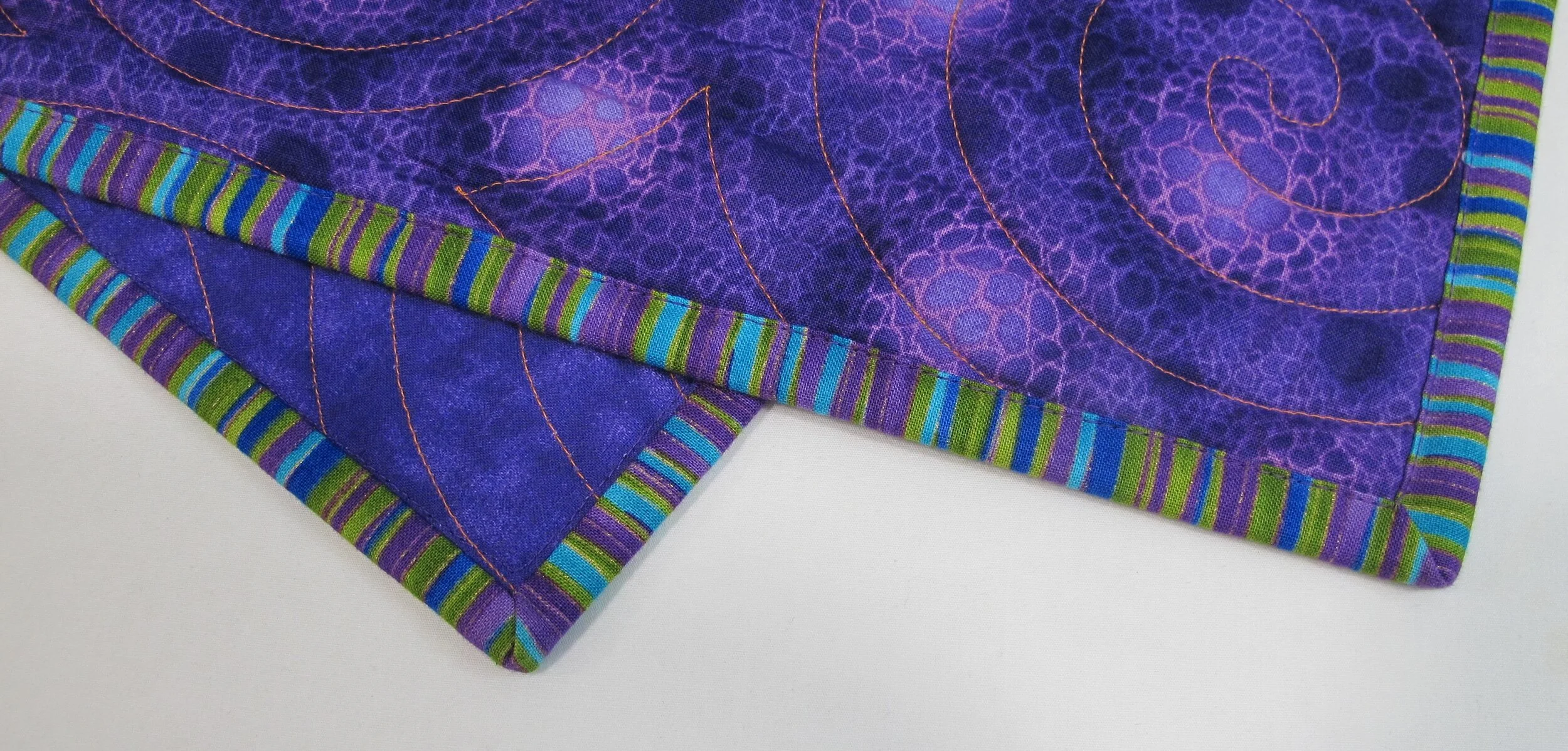Finished is Better Than Perfect
My students have been hearing this from me for over 20 years...”Finished is better than perfect.” That project isn't doing any good sitting on a shelf in a cupboard or shoved in a drawer. Think about all the time and effort, not to mention hard-earned cash, that is sitting there wasting away.
Sometimes quilters are so paralyzed with fear about a particular step in the quilting process that they go no further than completing the quilt top, and sometimes even that freaks them out if the pattern is incredibly detailed. Machine quilting gives them hives and binding gives them headaches. If this is you, read on.
Remember my post about beginners wanting to be perfect right out of the gate? Get over it...that takes time and practice. Again, so what if your seams don't match and your points are cut off? We aren't looking for perfection, we're looking for growth. And with that comes a little bit of trepidation for things we've rarely done before. Below you will see close-ups of a couple of my very first quilt blocks...points are cut off (really cut off!!!) and seams don’t match…not very pretty are they?!
I have an old saying, heard years ago, that I use in class sometimes. Some people have heard it before and others look at me as if I had three heads. “How do you eat an elephant?...one bite at a time.” All it means is that you take what seems to be an insurmountable task and you break it down into smaller, more manageable units.
If you're working on a particularly difficult quilt pattern, break it down into smaller sections. In some quilt blocks there are 4 patches, 60 degree triangles, flying geese, etc. etc. Just do one section at a time, setting them aside until all the smaller units are done and you're ready to put together the quilt block. Then put the blocks into individual rows, working one row at a time until all of them are complete. Then it's time to put the rows together and before you know it your quilt top is finished.
Most quilters just love the patchwork part of quilting. It's where you get to try different piecing or appliqué techniques and different colour combinations. It's also, for most people, the most creative part of the process. It can also be the end of the line for some quilters who are too afraid to quilt the damn thing.
At one of our guild meetings years ago a question was thrown out there for the members...how many UFO's do you have? For you newbies a UFO is an UnFinished Object. One lady said she had over 100 quilt tops because she was afraid to do the quilting. Over. 100. Are you kidding me?! Over 100 opportunities to master a technique. Over 100 opportunities to give comfort to someone with a beautiful quilt. Over 100 opportunities to be finished.
If you really are freaked out by the actual quilting, think about taking a class. Most classes will give you the basics about quilting with a walking foot and a free-motion foot and they tend to work on smaller layered squares so it's not so overwhelming for a beginner. Teachers usually have wonderful tips and tricks to share that you may not have even thought of. OR, take advantage of the many longarm quilters out there who, for a fee, will complete the quilting for you.
Please don't feel you have to start out by quilting a queen size quilt. Can it be done on a domestic machine? Yes. Is it easy? No. One lady I know practiced her free-motion skills on placemats for her grandkids. The kids didn't care if her stitch length was inconsistent or her curves were not so curvy. All they cared about was that they had Peppa Pig or the Avengers on their placemats...they slopped food on them anyway. One lady, who is a great dog lover and volunteers at an animal shelter practiced her free-motion skills on little quilts for the dog crates. The dogs didn't care if her stitch length was inconsistent or her curves were not so curvy. They were just glad of a soft place to lie down.
When it does get to the point when you are ready to tackle a larger quilt remember that you can always combine using your walking foot and your free-motion foot in the same quilt. Why not anchor the quilt by stitching in the ditch on the vertical and horizontal rows? Then later you can free-motion the individual blocks without worrying about the layers shifting. What? You think the quilt police are going to come after you? Your quilt, your rules.
Then the dreaded binding. Putting the binding on is actually one of my favourite things to do in the quilting process (yes, I can see some of you putting your hand to my head feeling for fever). It's just that I've mastered a technique that works incredibly well for me and I can do a binding in record time. Not only that but it signals to me that my quilt is finished, and finished is better than perfect.
Try it with one of your own smaller quilts...or a placemat...or a dog quilt. The feeling of satisfaction and pride you get when it really is finished might just be the firecracker under your butt to complete the others. And I'm sure you don't have 100!...or at least I hope not.





